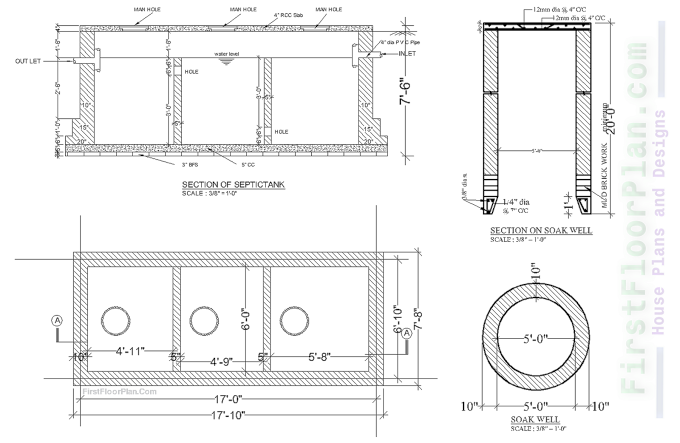Concrete flooring is popular in many industrial and
commercial settings due to its durability, low maintenance, and
cost-effectiveness. Installing a concrete floor involves several steps, including
using tools and techniques like the power screed and concrete roller screed.
In this article, we will discuss what concrete flooring is, the benefits of
using concrete, and the two screeding techniques.
What is Concrete Flooring?
Concrete flooring is a type of flooring made from a
mixture of cement, sand, and water. This flooring material is typically used in
high-traffic areas like warehouses, factories, and garages, where durability
and strength are essential. Concrete flooring has also become popular for
residential spaces due to its unique and contemporary look.
Concrete is poured into place and left to dry and cure
over time. Once the concrete has cured, it is finished using various techniques
such as polishing, staining, or etching. These techniques help to create a
unique and personalized look for the concrete floor.
Benefits of Concrete Flooring
There are several benefits to using concrete flooring in
commercial and residential spaces, including:
Durability: Concrete
flooring is incredibly durable and can withstand heavy traffic, impact, and
abrasion. It is also resistant to water and fire, making it a practical choice
for high-risk areas.
Low Maintenance: Concrete flooring requires minimal maintenance, making it an ideal choice for busy commercial spaces. Regular cleaning and occasional resealing are all needed to keep concrete floors looking new.
Versatility: Concrete flooring can be finished in many
ways, including polished, stained, or stamped, to create a unique and
customized look.
Power Screed Technique
One of the most critical steps in installing a concrete
floor is the screeding stage. This is where the surface of the concrete is
leveled and smoothed out to create an even surface. The power screed technique
involves using a powered tool to smooth out the surface of the concrete.
A power screed is a machine that uses a vibrating blade
to level and smooth the surface of the concrete. The power
screed helps eliminate air pockets and bubbles in the concrete,
ensuring the surface is level and smooth. Power screeds are available in
various sizes and can be operated by one or two people.
The power screed technique is often used in large
commercial spaces where time is of the essence. This technique helps speed up
the installation process, making it possible to install a large concrete floor
in a shorter time. It is also an efficient technique that creates a smooth and
level surface, reducing the need for additional finishing.
Roller Screed Technique
The roller screeding technique is another method commonly
used in the installation of concrete flooring. This technique involves using a
roller to smooth out the surface of the concrete. The roller screed is a
manually operated tool used to spread and level the concrete.
The roller screed technique is often used in smaller
spaces or areas with limited access to power. This technique is more
time-consuming than the power screed technique but is more precise and creates
a smoother finish. The roller screed is also less noisy than the power screed,
making it a better choice for residential spaces.
Conclusion
Concrete flooring is an excellent choice for commercial
and residential spaces due to its durability, low maintenance,
cost-effectiveness, and versatility. When installing a concrete floor,
screeding is an essential step that requires using either power screed or
roller screed techniques. By understanding the differences between these
techniques, you can decide which method to use for your concrete flooring project.













0 Comments
Write Your Comment Here..